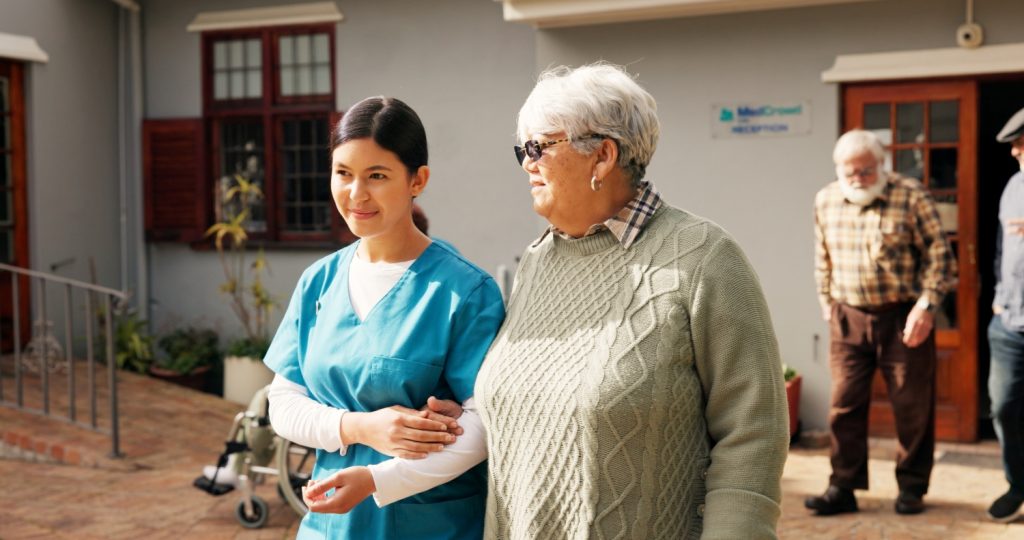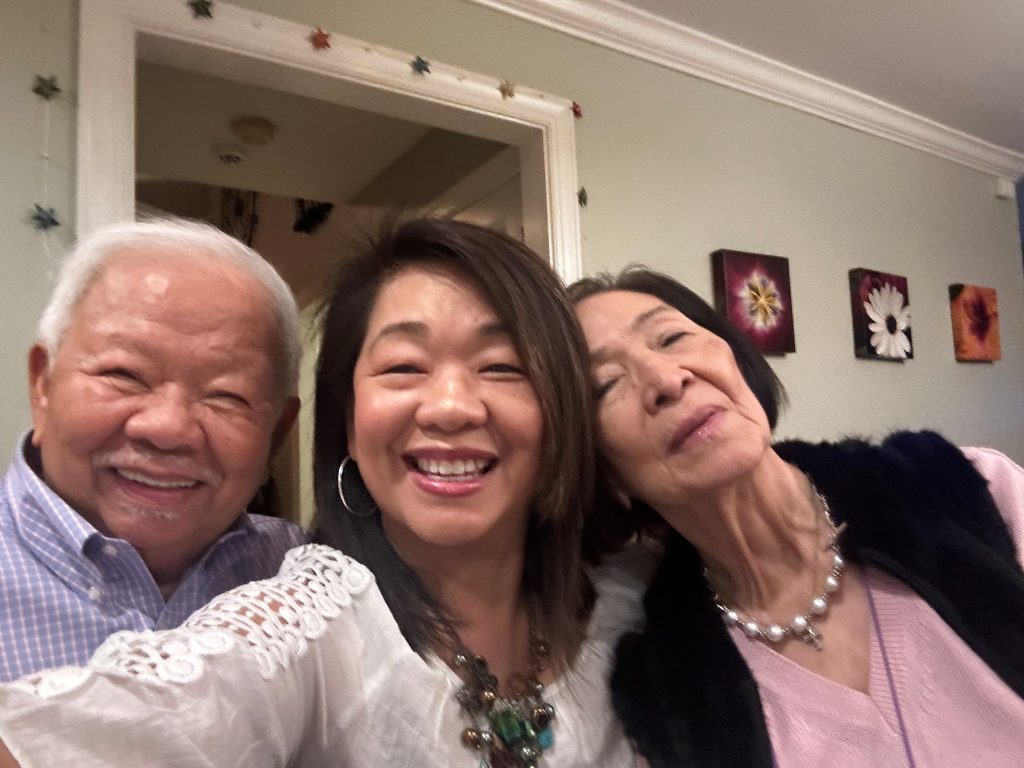Editor’s Note: ASA RISE is a six-month, equity-centered leadership program for emerging leaders of color committed to reshaping the future of aging. The Archstone Foundation, a founding funder of ASA RISE, offers named fellowship slots to California-based program fellows in support of the Archstone JEDI in Aging series—amplifying thought leadership from a California aging sector lens through ASA’s Generations Now publication.
We are in the midst of a mental health epidemic. It affects people at every stage of life, and while the struggles of children and youth often grab the spotlight, older adults quietly carry an enormous burden. Changes such as retirement, loss of loved ones, physical decline and shrinking social networks can strain mental health in ways that too often go unnoticed. Depression, anxiety and loneliness are common in this age group, and tragically, older adults, particularly older men, consistently have some of the highest suicide rates of any age group.
To make things even more challenging, we live in a society with enormous stigma around mental health and behavioral health. Statistically, each of us is likely to experience a moment in our life where we will struggle, some more severely than others, but too often fear, shame or misunderstanding keeps people from seeking help, leaving many to face isolation alone.
I saw this reality up close as a gerontology student, during an internship at ACC Senior Services in Sacramento, Calif., where I worked with their caregiver support programs. One was the Friendly Visitors program, which provides respite to family caregivers and companionship to individuals. I was matched with a Japanese-American man who had participated previously but hadn’t connected with that volunteer. By the time I met him, he was deeply isolated. At first during our visits I would help with small tasks around the house, but over time we discovered common ground. He loved baseball and music, and as a college athlete and musician, those shared interests broke the ice.
California’s Behavioral Health Services Act requires counties to dedicate more funding toward services for people with the greatest needs, including mental health issues.
Slowly, the walls he had built up began to fall away. Our afternoons turned into long conversations about the Dodgers, current events and the rhythm of everyday life. What started as volunteering grew into a friendship that mattered deeply to both of us.
Our experience gave me the opportunity to see first-hand how dangerous isolation can be and how quickly it could lead to more severe mental health challenges. It also highlighted how programs like the Friendly Visitor program can be an opportunity for prevention and early intervention. It does not have to look clinical. It can look like companionship, friendship and community.
When the Personal Becomes Policy
Befriending this man is one of the experiences that stays with me every day as I work on implementing policies for California that strive to narrow the mental health and behavioral health epidemic seen today. It’s one of the experiences that fuels my advocacy for our older adult population.
The truth is, isolation and untreated mental health struggles can push older adults into much more severe situations. Research from UCSF’s Benioff Homelessness and Housing Initiative shows that older adults are the fastest-growing group experiencing homelessness in California, and for many, it’s for the first time. Forty-one percent reported becoming homeless after age 50. Once unhoused, the median time spent without stable housing is more than two years, and nearly half report serious behavioral health challenges such as psychiatric hospitalizations or substance use. When you pair those statistics with high suicide rates among older adults, the urgency is undeniable.
California recognizes these alarming statistics seen in older adults and across the lifespan and has responded with various efforts, including the Behavioral Health Services Act (BHSA) which transforms the previous Mental Health Services Act (MHSA). Passed by voters in March 2024, BHSA requires counties to dedicate more funding toward services for people with the greatest needs, including those with serious mental illness or substance use disorders who are also experiencing homelessness. And it authorizes $6.4 billion in bonds to build supportive housing and treatment facilities across the state.
The Act recognizes that mental health and housing are inseparable, it pushes resources directly toward addressing both, and it creates more opportunities to improve behavioral health at the local level. It means more access to treatment, more stable and supportive housing options, and a stronger safety net.
The BHSA presents a historic opportunity to strengthen California’s behavioral health system and ensure that older adults—who are among the fastest-growing populations with unmet behavioral health needs—are not left behind. With targeted advocacy and active engagement throughout the County planning process, stakeholders in aging can help shape how counties implement new programs, allocate funding, and build services that meet the unique needs of older adults.
Too often, the struggles of older Californians are hidden in plain sight. A neighbor who stops showing up at church. A grandfather who no longer answers the phone. A woman at the grocery store who smiles politely but speaks to no one. Their silence is a story of unmet needs. California’s new policies give us the tools, but it is the collective voice of advocates and those with lived experience that will shape the outcome.
For those of you who are Californians, and would like to get involved in your community planning process for the Behavioral Health Services Act, the California Department of Aging has tailored toolkits for all 58 counties in California to guide you: Explore Toolkits here.
Josephina Baca, MPA, is a policy analyst at the California Health & Human Services Agency in Sacramento, part of the ASA RISE program’s Cohort 4, and a named Archstone RISE Fellow.
Photo credit: Shutterstock/MantasVD













